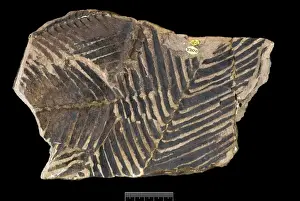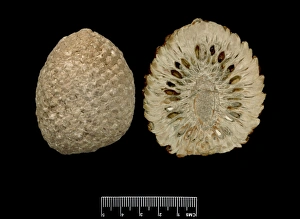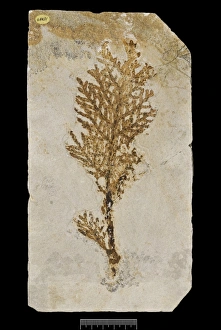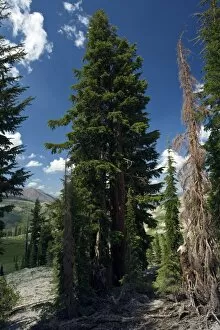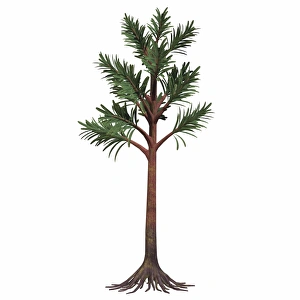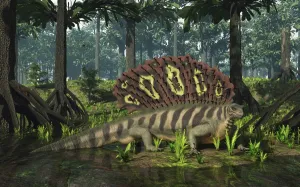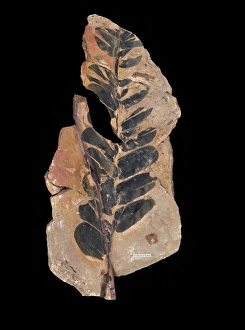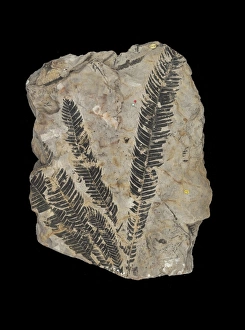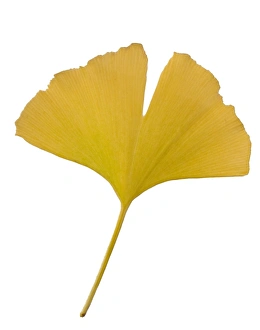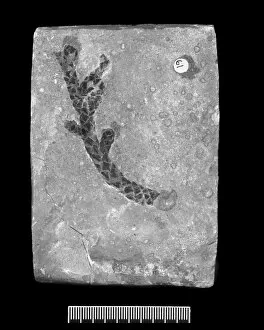Gymnosperm Collection (page 4)
"Gymnosperms: The Ancient Guardians of Earth's Greenery" Taxus baccata, commonly known as the Common Yew tree, stands tall and proud in its evergreen glory
All Professionally Made to Order for Quick Shipping
"Gymnosperms: The Ancient Guardians of Earth's Greenery" Taxus baccata, commonly known as the Common Yew tree, stands tall and proud in its evergreen glory. Ginkgo biloba, also called the maidenhair tree, showcases its delicate fan-shaped leaves that have survived for millions of years. As the sun rises over Loch Maree, Scots pine trees (Pinus sylvestris) cast their majestic reflection while Slioch mountain looms in the background. Macrozamia communis, a remarkable burrawang palm species with its unique cycad-like appearance adds an exotic touch to nature's tapestry. The distinct leaf of Ginkgo biloba captures attention with its fan-like shape and vibrant green hue. Pinus strobus L. , also known as Weymouth or white pine, graces forests with its elegant branches and soft needles. Maidenhair tree leaves (Ginkgo biloba) create a stunning display of golden foliage during autumn months, adding warmth to landscapes. Encephalartos horridus thrives in South Africa's Eastern Cape region; this blue cycad is a living relic from prehistoric times. Juniperus communis or juniper brings forth aromatic berries and resilient foliage that withstands harsh climates across various continents. Larch Fir trees showcase their unique deciduous habit by shedding their needles each winter before regenerating them again come springtime. Pine pollen grains under microscopic observation reveal intricate patterns resembling tiny works of art on nature's canvas. Light micrograph captures the intricate structure of a pine stem - a testament to the strength and resilience found within gymnosperms' woody tissues. Intriguingly diverse yet united by their ancient lineage, gymnosperms continue to thrive across our planet, reminding us of the enduring power and beauty of nature.






